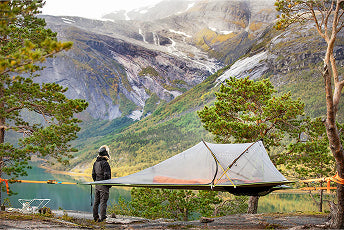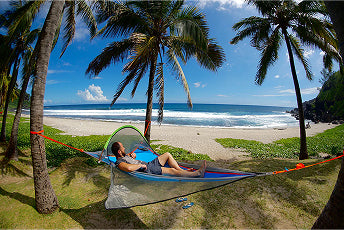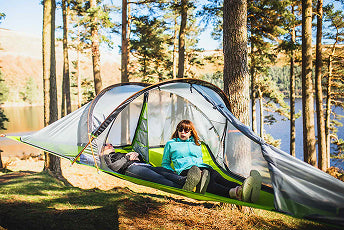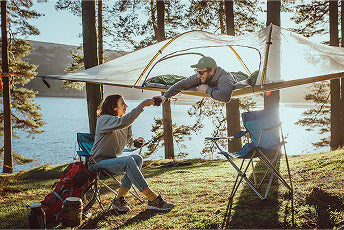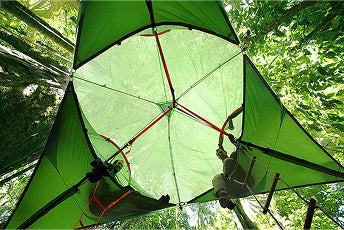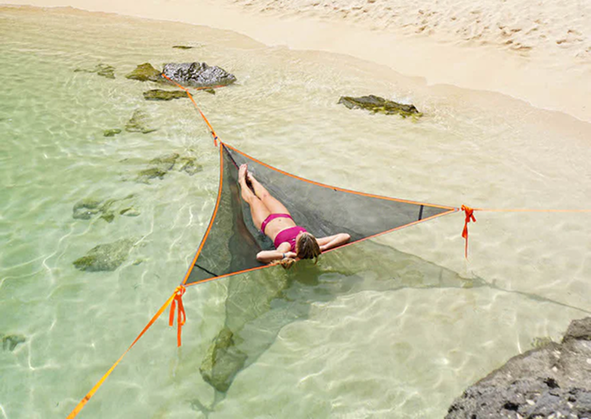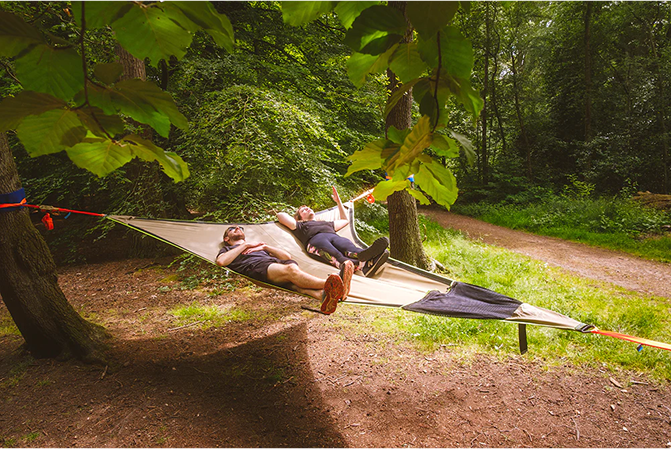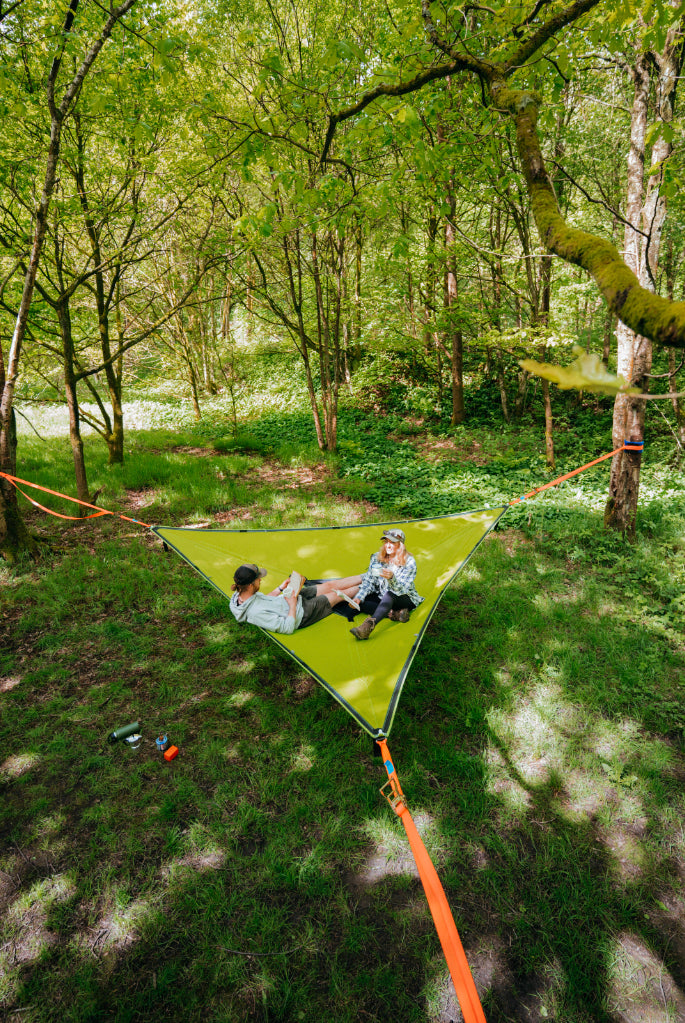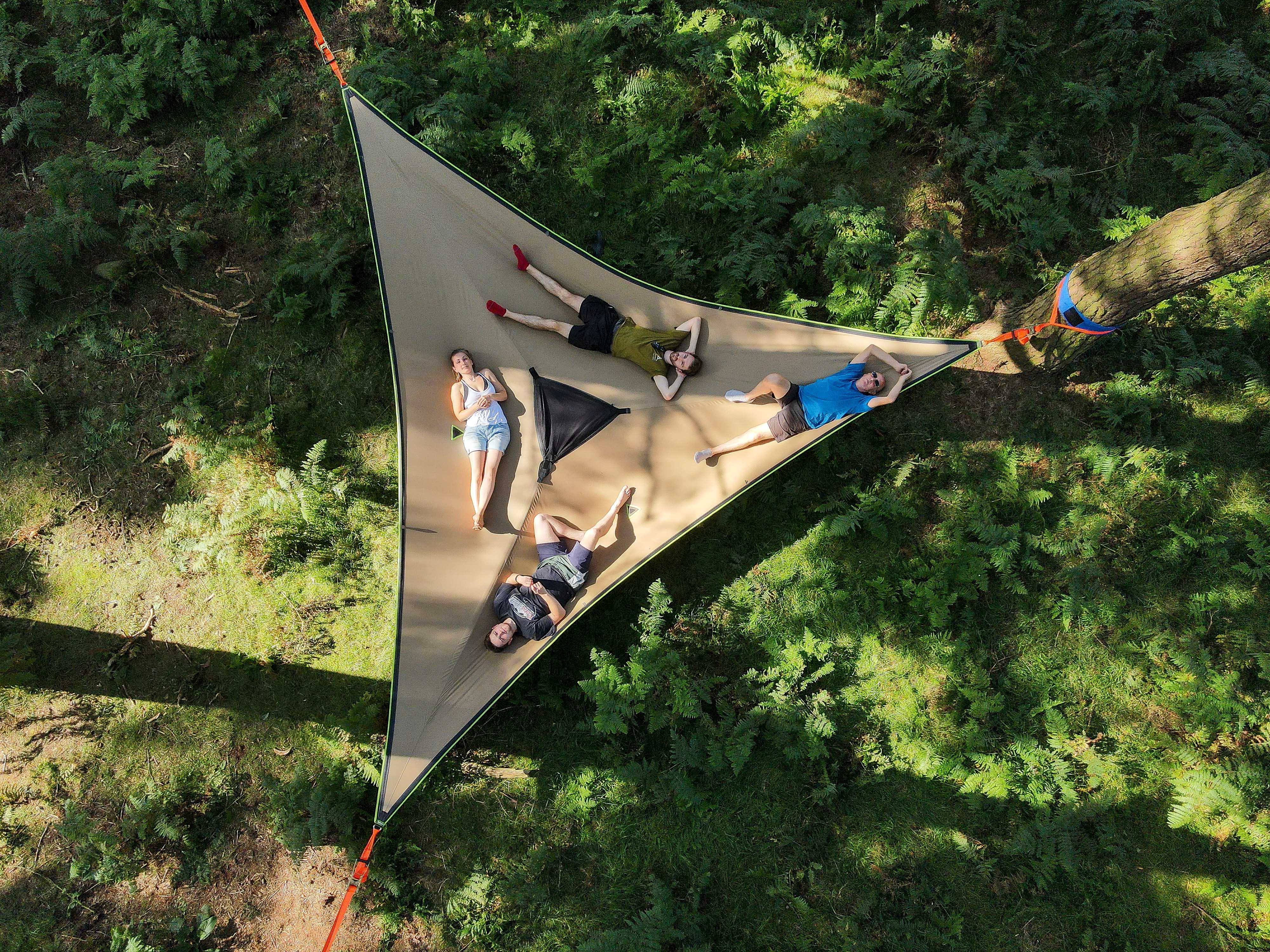California is a huge state with a plethora of tourist sites, campgrounds, campsites, state parks and national parks - and is littered with hiking trails, woodland areas and beaches. There is no limit to the places you can camp and experiences you can live. From the rugged coastline to a backcountry campsite, towering redwoods and sandy beaches, there’s a camping spot for you. This article will cover as much as possible when talking camping, whether you’re into wild camping or campsite camping, tent sites and campgrounds. There is something for everyone in the Golden State!
Where to camp in California
As mentioned, there are many locations where it’s possible to tent camp, here I will list a few locations, from north to south, with mountains, beaches, forests and more - which you could check out yourself to see if it suits your method of camping. Big Sur is a great location for backcountry camping. A rugged and mountainous section of the central coast of California, perfect for serious hikers and wilderness campers. Sierra Nevada range is another great place for mountain camping, a great place to test your skills. Yosemite National Park is a popular location, with many campgrounds with toilets in some locations. For RV campers and car campers, reservations are required year-round. Joshua Tree is another national park, where the Mojave and the Colorados desert ecosystems collide. Desert camping can be a great outdoor experience, with open skies that can provide some amazing views. Los Angeles county has some great campground and camping sites, such as Leo Carrillo and Catalina Island. A different pace to backcountry camping, but great for families who wish to explore camping. Doheny State beach and Sunset state beach are both great locations for families, and for RV hookup and Car campers. Seacliff Beach is another great location for beach camping, close to Santa Cruz so you’re a short distance from civilisation if that is something you wish to do. San Francisco offers some great locations, such as Clam Beach County Park and Point Reyes National Seashore. Sonoma Cost State Beach is another great beach access campground, as well as Gold Bluffs Beach Campground. Lake Tahoe has a plethora of camping options, such as Eagle Point, Tahoe Valley and City of Lake Tahoe campground. A selection of area which provide amenities such as toilets, hot showers, general stores and areas for RV hookup.
What to pack for camping in California
Depending on where you wish to camp, your list of essentials will differ. For backpackers, hikers, solo/duo campers or campers who prefer to carry light, you would be wanting an UNA 1-person tree tent or a Flite 2-person tree tent. If you have the ability to carry a little extra, expand your basecamp a little with a hammock, such as a T-mini 2-person hammock to create a stack with your Flite.
For backcountry camping, or campers who are camping for a few days in one spot and don’t plan on walking so far, you would be looking at more heavy duty tents. Our Safari range are created with heavier and more durable materials than their classic counterparts, and work best in colder environments, but are considerably heavier. The essentials that all campers would be packing are a sleeping bag, portable phone charger as many campers use their phones as their GPS device, sunglasses, a first aid kit, and plenty of food and water. Depending on where you wish to camp, or the route you would have plotted for your backpacking hike, look for amenities or local stores along the way in case you do not have the carry space.
What to consider before camping in California
Before heading out on your camping expedition, check for the laws and regulations for the type of camp you wish to embark upon. If you’re planning to camp on a beach, a campsite, if you plan to make fires, if you wish to bring animals. Here is a link to California state parks rules and regulations, this could also stipulate what you can camp in, as some campsites may be for RVs only.
Before you head out, check the differences in weather between North and South California - and plan your packing accordingly, for example if you’re going to camping in stormy weather, invest in a tent wall or a Safari tent.
Finally, learn the seasons of California. Peak season is the summer when kids are out of school, shoulder season is the cooler and quieter months of April, May and October. Low season is during the winter months. Some campsites are based up on higher elevations and are only open during specific periods throughout the year. So be sure to check this before your trip.
California camping tips
Here are a few things to keep in mind before you set off on your camping experience. Be as familiar as you can with the rules before you travel, so you won’t get in trouble and interrupt your experience. Book any campsites you wish to visit in advance, and research the amenities at the sites carefully before booking as this is directly influence what you pack and your overall carry weight. Smallest crows and the best deals are in the low season, but shoulder season benefits from summer-like weather without having the deal with the big crowds of peak season. In turn, prepare for June Gloom and Grey May if you plan to camp within these months. Ensure that you pack plenty of layers. You may be heading out in the heat, but temperatures can drop at the tip of a hat, so it’s always better to be safe than sorry.
Frequently asked questions
Can you camp anywhere in California?
You can camp on many camping sites located on public land owned by the Bureau of Land Management (BLM) for up to 14 days. However, you will find some BLM-managed public lands that have “no camping” signs so keep an eye on those as well.
What are the must-see camping spots in California?
Here are just 3 of the top places to camp in California.
1. Yosemite National Park
2. Ventana Campground
3. Channel Islands National Park
Why hike in Los Angeles?
LA has sunny weather nearly all year round and allows you to hit some of the best beaches and mountains in the state on the same day. With many secluded hiking trails, and fantastic views, you won’t be dry on things to do out on your hikes.
Where can you camp between Las Vegas and Yosemite?
The top cities between LA and Yosemite are Santa Monica, Santa Clarita, Beverly Hills, Fresno, and Malibu. Each of these cities have some amazing campgrounds and camping sites which you can take advantage of if you are doing a road trip. Between LA and Yosemite there are some amazing mountainous areas, with some points of interest. Pyramid lake, Tejon Pass, San Joaquin valley, Bakersfield, Tulare country, Sequoia and Kings Canyon National park, are just a few places you will pass on your journey.

